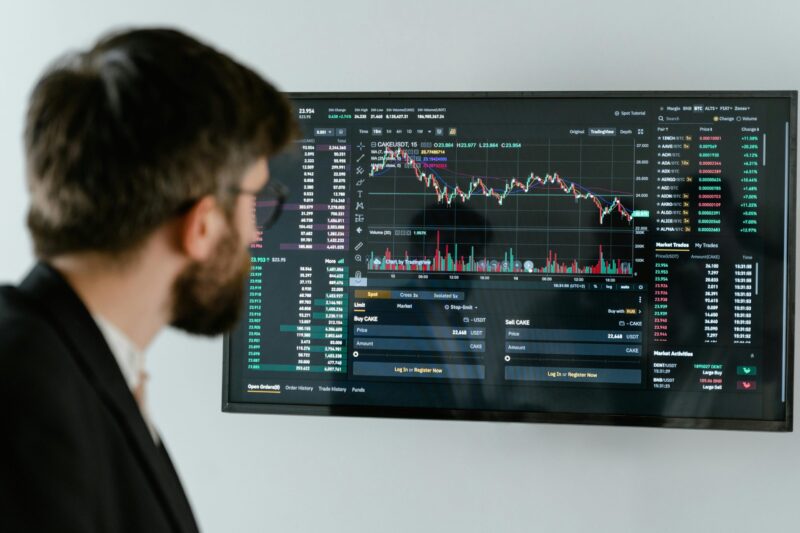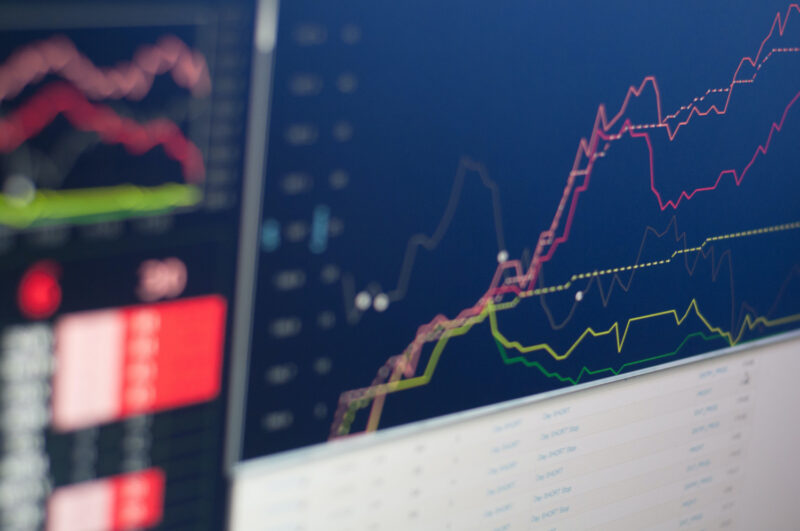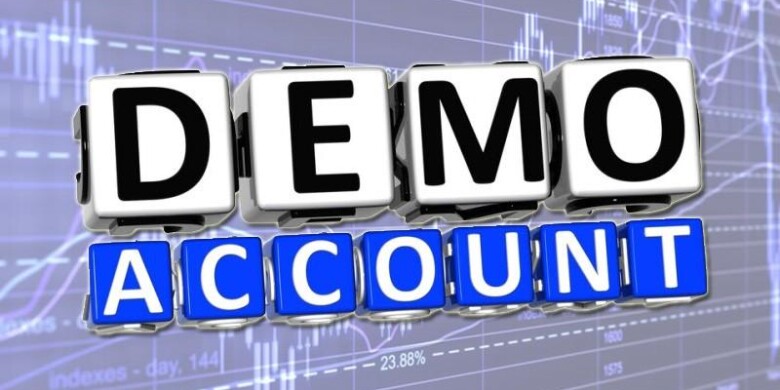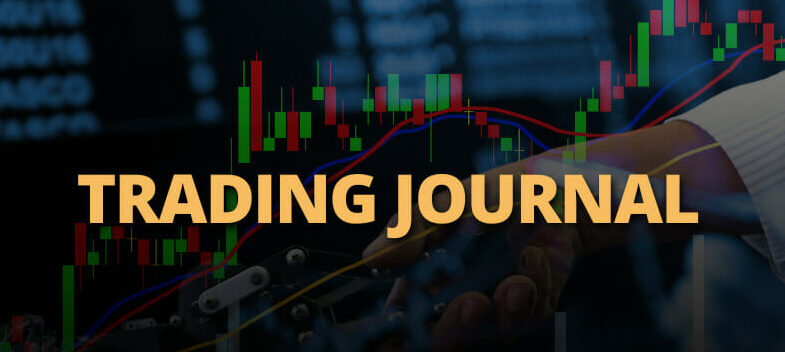If you’re starting in the trading world, you need the right tools. Without the right support, you’re left in a storm without a life jacket. And, honestly, why would anyone want that? The journey of an aspiring trader can be fun and rewarding, especially with tools that make everything simpler. Let’s break down what you need to make strides from day one.
Key Points
- Choose an intuitive, versatile trading platform.
- Set up market analysis tools to track trends and spot opportunities.
- Use risk management tools to safeguard your investments.
- Go for charting tools for visual clarity and deeper insight.
- Leverage demo accounts for practice without financial risks.
1. Start with the Right Platform

Any successful trader begins with a solid platform. For many, a platform like Binomo makes a great starting point. This platform offers real accounts that start with just $10, which means beginners don’t have to worry about a big initial investment. With trading starting from $1, you can test the waters without risking much. Plus, there are no restrictions on the number of simultaneous transactions, giving you full control—even on weekends when you have a bit more free time to trade.
Diversifying your trading portfolio often means looking beyond traditional markets. Many modern traders are turning to cryptocurrency to capitalize on its volatility and growth potential. To succeed here, choosing the best crypto exchanges becomes essential. Many platforms offer access to various cryptocurrencies, intuitive interfaces, and tools tailored for both beginners and experienced traders. By incorporating crypto into your strategy, you open doors to a dynamic market that operates 24/7, allowing for unique opportunities unavailable in traditional trading.
2. Reliable Market Analysis Tools
Understanding market trends isn’t about luck; it’s all in the data. Tools that analyze market trends give you the power to see past the daily noise and focus on patterns. Think of it like having your own personal guide to keep you informed about changes in the market landscape. These tools update you on significant movements and help you make better choices when trading. Options include tools that scan multiple markets in real-time, track big economic events, and notify you of any opportunities or risks.
3. Strong Risk Management Options

Risk management tools are your safety net. They help keep your funds in check, especially when the market gets unpredictable. Stop-loss and take-profit orders are essential here—they automatically end trades at a certain profit or loss threshold, taking the guesswork out of trading. Set up these tools early, and they’ll save you from potential losses down the line.
4. Charting Tools: Visualize the Market
Charts simplify what would otherwise feel like a jungle of numbers. Whether you’re into bar charts, candlestick patterns, or line graphs, good charting tools offer more than basic numbers; they provide a clear, visual overview of price movements over time. The best charting tools will show you historical data, allow for annotations, and make it easier to spot trends at a glance.
Here’s a quick table to illustrate some popular charting types and their features:
| Chart Type | Best For | Notable Feature |
| Bar Chart | Price movements and trends | Shows open/close, high/low |
| Candlestick | Market sentiment and trends | Detailed price insights |
| Line Chart | Simplified price trends | Easy to track closing prices |
5. Demo Accounts for Practice

Before diving in with real funds, use a demo account to practice. A good demo account replicates real market conditions but lets you trade with virtual funds. It’s the ultimate practice ground. Test your strategies, refine your timing, and learn from mistakes without facing any financial setbacks. Many platforms offer demo accounts, but find one that aligns with the real trading environment to make the most of this feature.
6. Automated Trading Assistants
Automated assistants, or “bots,” help simplify your workload. They can execute trades based on parameters you set, like price changes or volume. Bots work best for traders who want to stay active in the market but may not have time to monitor every shift. Many platforms offer built-in bots, which you can tweak based on your trading plan.
Remember, though, that automation doesn’t replace judgment; it just helps manage repetitive tasks.
7. Economic Calendar to Stay Informed
An economic calendar is crucial for anyone serious about trading. It lists upcoming events like interest rate announcements, GDP releases, and job reports. Such events often impact market conditions, and having a heads-up helps you adjust your positions. Check your platform’s built-in calendar or find a reliable external one to stay ahead of the game.
8. Trading Journals: Track and Reflect

Keeping a trading journal helps you record every move—what you traded, when, and why. A journal provides insights that you can review later to see patterns in your decision-making. Sometimes, it’s only in looking back that you see where things went wrong or right. Get a simple notebook or use a digital tool to log trades, thoughts, and outcomes.
FAQ Section
1. Are there tools for beginners?
Yes, many platforms offer beginner tools like demo accounts and tutorials to help you learn.
2. Do I need an economic calendar?
Yes, it helps you stay informed about events that can affect markets, which supports better decisions.
3. How do automated assistants work?
They execute trades based on pre-set conditions, making it easier to manage multiple trades at once.
4. What is a trading journal, and why use one?
A journal records every trade, helping you track performance and improve decision-making over time.
Trading tools exist to make your path smoother and your decisions more informed. Begin with platforms that support both beginners and experienced users, use market analysis tools to gauge the scene, and set up safety measures to protect your investments. Remember, trading doesn’t have to be overwhelming—it’s all about having the right support and tools to keep your journey on track.


